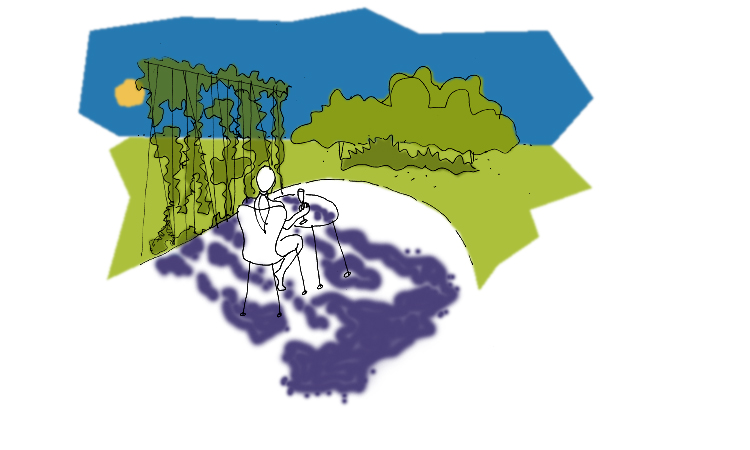Four ways to comply with the regulations without feeling like you're behind bars
I am by nature a heat-averse person. Sweating may be fine for the gym, but sizzling in the sun is waaaaay down on my list of fun things to do.
So with our recent bout of balmy (barmy, more like it) weather, I’ve been feeling extreme sympathy for the builders stuck on site finishing my current project. It must be tormenting to have a fabulous new pool sitting right there and not be able to jump in for a quick cool down.
It’s times like this you start to think longingly about pools. Would you get a long pool so you can swim laps? A deep plunge pool? Something clean and crisp and orthogonal? Tiled or not?
With so much to consider, one thing that is often overlooked is the pool fencing. Mandatory for all pools in Queensland, fencing must comply with strict regulations prescribing the height of barriers and prevention of climbing, amongst other things.
Sadly, meeting these requirements and having a good looking pool area often seem like mutually exclusive goals for many pool owners.
If you have an existing pool the fence has to snake its way through and around the existing paving and garden areas.
If you have limited space you often end up with the pool fence jammed right up beside the pool edge, and no space for lounging or sitting beside the pool, right where you want to be.
And the most cost-effective models of pool fencing available can make you feel like you’re sitting inside a jail cell, rather than in your relaxing outdoor living room.
Luckily, if you’re considering installing a new pool there are four tricks for beating the curse of the jailyard pool fence.
1. The Pool Wall Fence
In this scenario you use the wall of the pool itself as the pool fence. The pool sits above the surrounding ground surface, requiring only a small amount of ‘traditional’ fencing to protect the entry to the pool area.
This can be good if you have limited space, as all the area around the pool remains free and useable, with a minimal fenced entry area that can be screened with a wall, or open with a balustrade.





































































